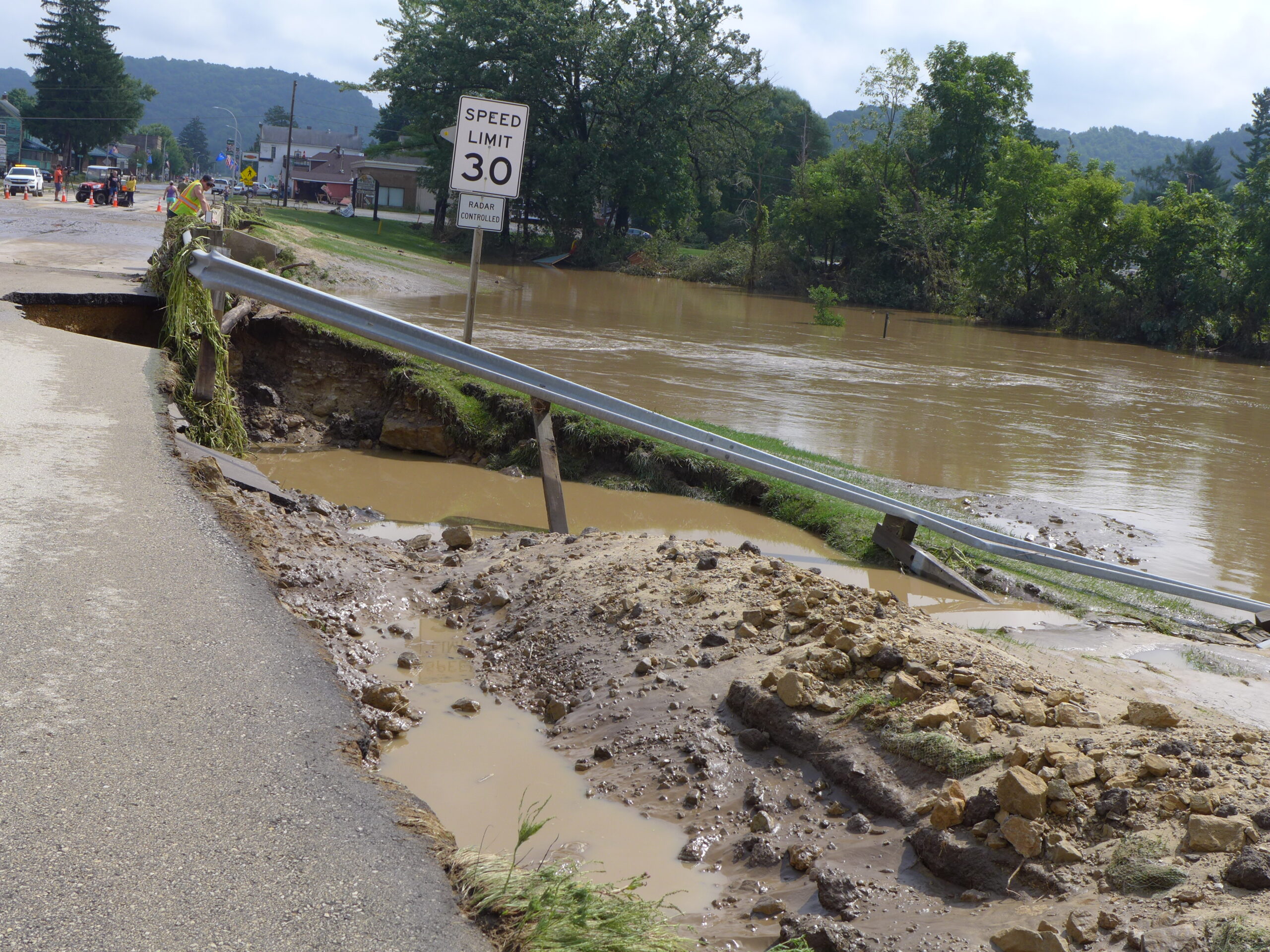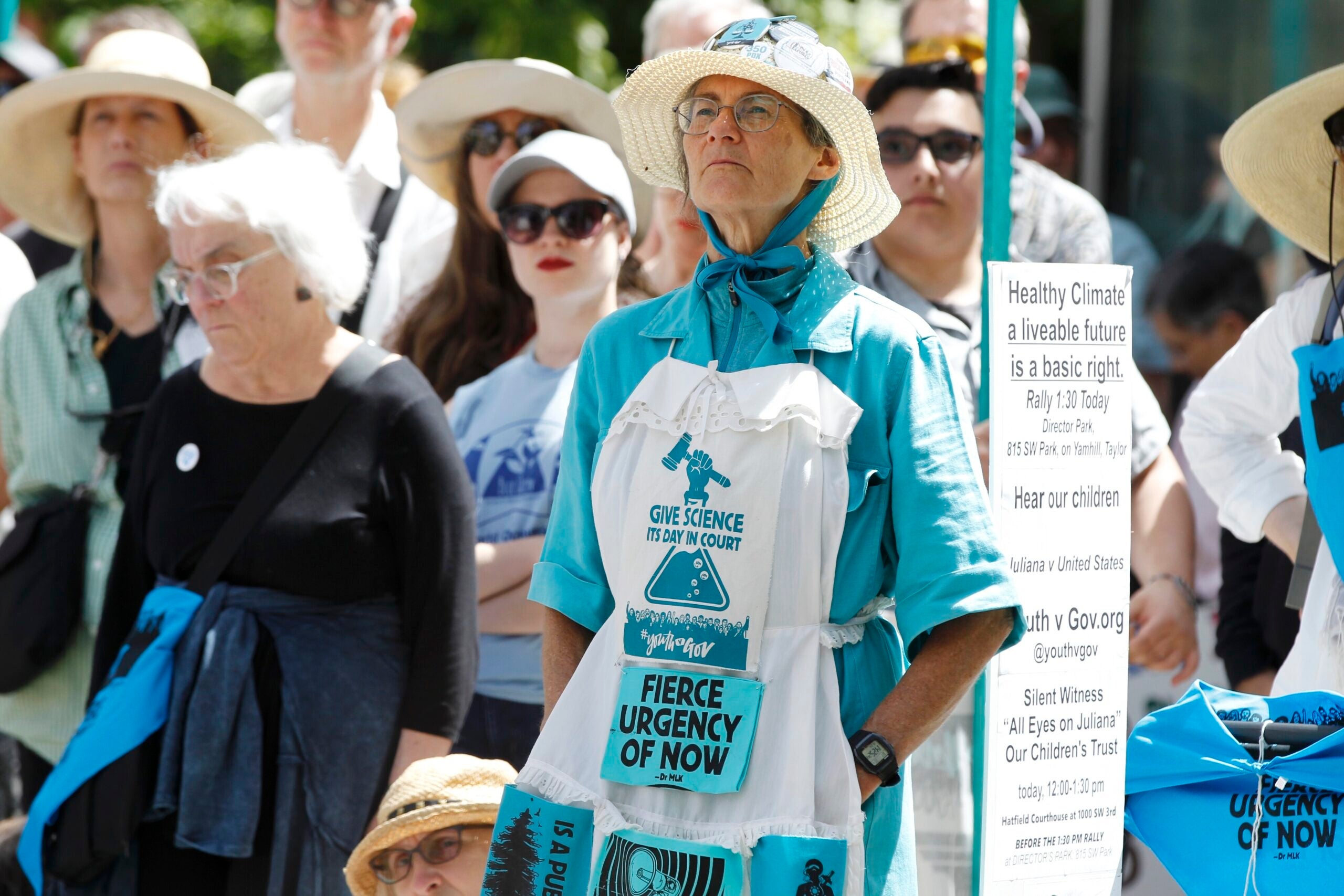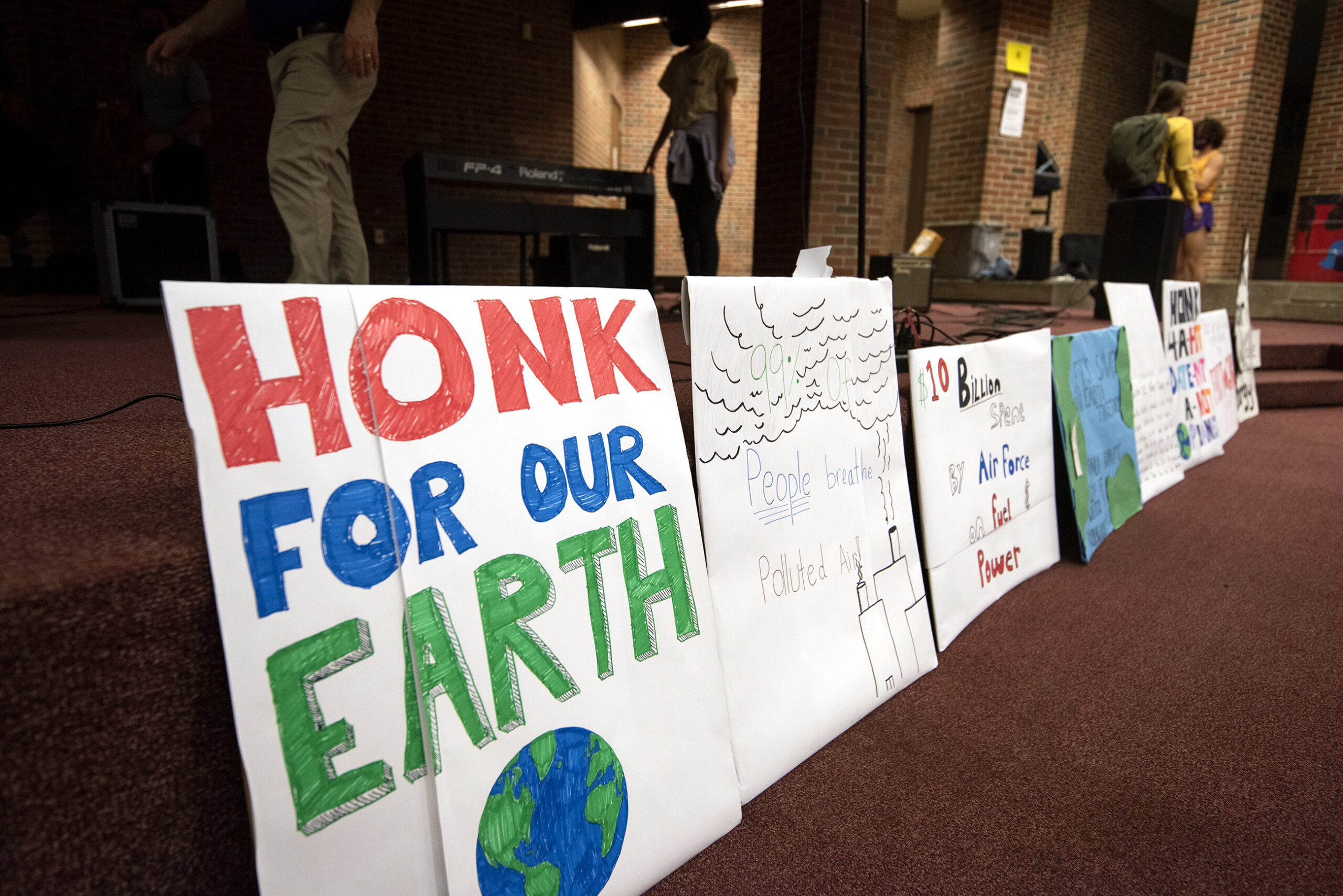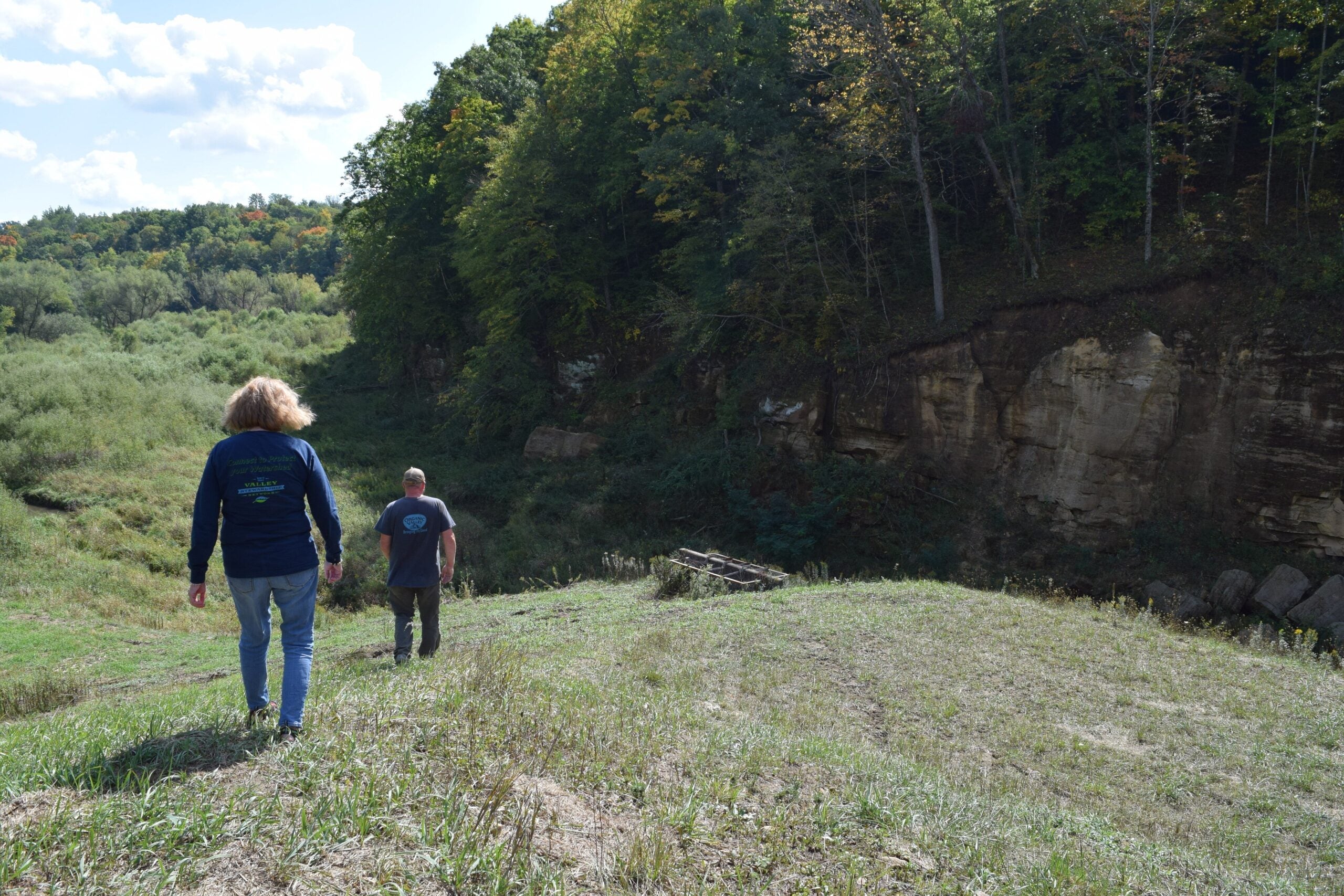Monroe County leaders have kicked off a new effort to prepare for the local impacts of climate change.
The Monroe County Climate Readiness and Rural Economic Opportunity Assessment is an eight-month project led by the county’s Climate Change Task Force and advocacy group Wisconsin’s Green Fire.
The project involves professionals in conservation, hydrology and engineering from around the state as well as local municipal and industry leaders. The group will identify the likely impacts of climate change on the county and create recommendations for increasing resiliency and economic opportunities related to conservation.
Stay informed on the latest news
Sign up for WPR’s email newsletter.
“What we’re trying to do with this project is bring together the incredible local knowledge that exists here in this community around climate change, people who have experienced these impacts first hand … together with people who have access to some of the best tools available to think about a climate-resilient future,” said Fred Clark, executive director of Wisconsin’s Green Fire.
Monroe County, like many in southwestern Wisconsin, has seen an increase in extreme rainfall events and flash flooding over the last decade. Severe flooding in August 2018 prompted county officials to create a Climate Change Task Force, which has been working to install flood monitoring systems and buy out homes in the most vulnerable locations of the floodplain.
Bob Micheel, director of Monroe County’s Land Conservation Department, said the new planning project will help the task force identify the best path forward, especially when it comes to planning around infrastructure and land use.
“As a conservationist, if I’m going to sell something, I’ve got to be able to have something tangible that I can point at, show that it works,” Micheel said. “That’s the only way to get conservation on the ground, you need to have tangible practices. And we need farmers to buy in, foresters to buy in, land owners to buy in.”
The project is similar to a proposal Gov. Tony Evers included in his state budget that would have supported counties in creating their own climate change resiliency plans.
While GOP lawmakers recently cut the proposal from their version of the budget, Micheel said he thinks Monroe County’s efforts can still serve as a model for other counties and municipalities.
“If we can create this template and get our locals participating, and know that it works and something that is compatible to everybody in Monroe County, why can’t that be transferred to our neighbors?” Micheel said.
The project will focus on four planning areas, including hydrological modeling, agriculture, forestry and infrastructure.
It also hopes to identify ways landowners can financially benefit from conservation practices. Clark said making the changes profitable is critical to ensuring people remain committed in the long run.
“If it doesn’t work economically, then it doesn’t work at all and we’ll see land sold off and converted to other uses,” Clark said. “So the revenue streams that are coming from carbon offset markets, especially in forestry and agriculture, they represent important new sources of revenue for producers.”
The group plans to host demonstration projects for landowners this summer and have a public report available in the fall.
Wisconsin Public Radio, © Copyright 2024, Board of Regents of the University of Wisconsin System and Wisconsin Educational Communications Board.





